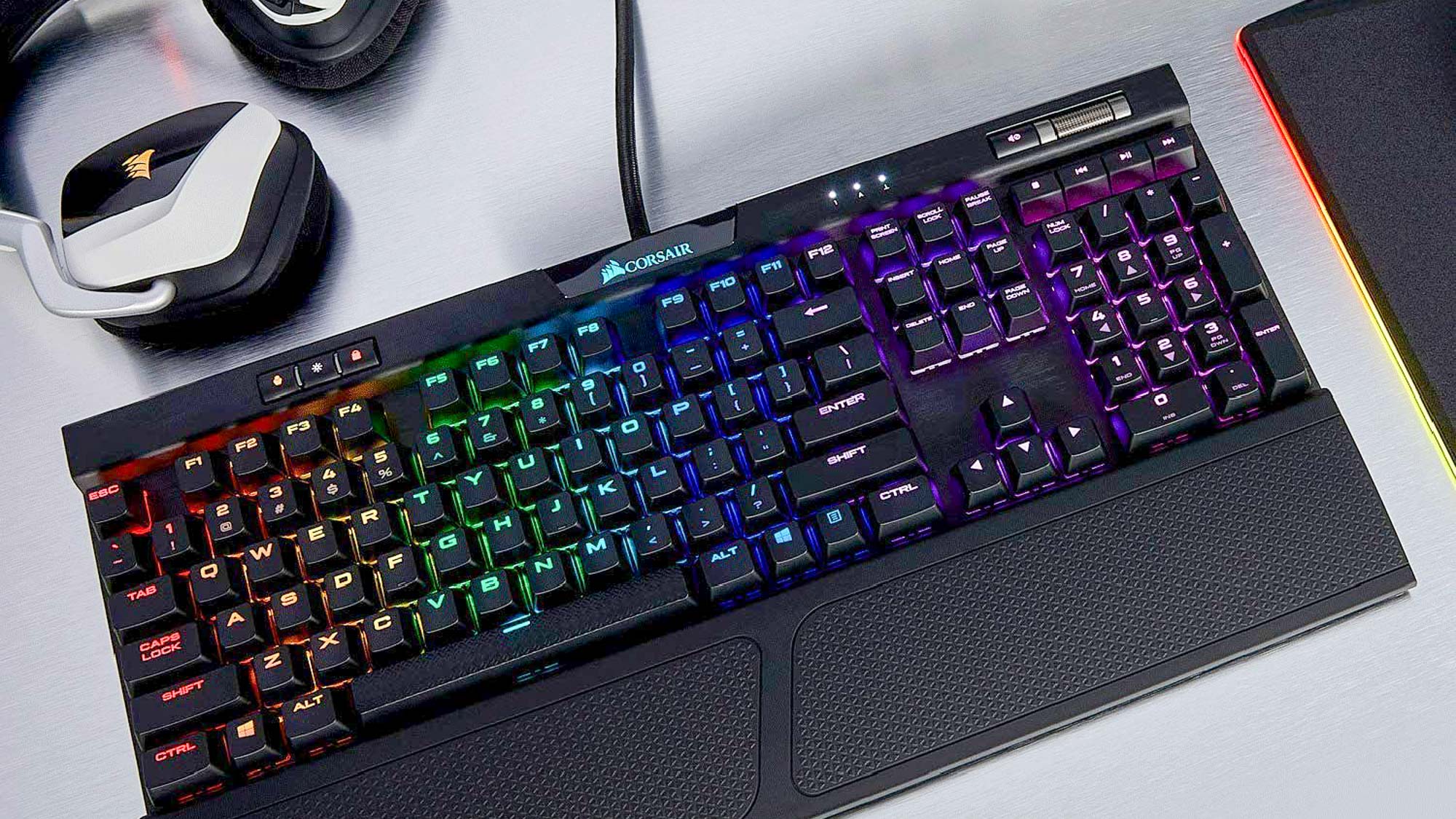

In the background you can set everything as one color, assign lighting to individual keys, or group certain keys together. It’s a nightmare, brought on by one of Corsair’s coolest features: The K70 supports layers of lighting. Little do you know that you actually have to delete the groups that Corsair originally set up, or else the colors you’re trying to put on the keys will lay on top of the default colors instead of replacing them.ĭefault color schemes actually need to be deleted or else you’ll simply add your own colors on top. You can’t even change the keys all to one color easily, because the keyboard comes preset with a white-and-red default color scheme. Instead, you’ve got to immediately delve into a program that hides essential tasks behind multiple menus, doesn’t explain what it’s doing, and is all-around a pain to use. There are no easy presets for someone who just wants to jump in and play around. In order to preserve the stem, Corsair and Cherry embedded the LEDs on the board itself and then wrapped the whole thing in clear plastic.īut it’s the kind of flexibility most people will never discover, because it’s an absolute mess of a program. That’s a relief if the alternative is something like Logitech’s subpar Romer-G switch. Cherry Blues still feel like Cherry Blues. The stem-in other words, the most important aspect of Cherry switches-remains untouched.

Or at least, it was “impossible” until Corsair and Cherry completely redesigned the underlying switch. The reason we haven’t had any RGB-enabled mechanical keyboards before this year is that Cherry’s switch design didn’t play nice with the enlarged LEDs necessary for that sort of backlighting. I love basically every aspect except for the damn RGB lighting. I honestly love the K70 RGB in almost every aspect-Cherry Blue switches (or whatever you prefer), an attractive typeface, and one of the best volume rollers I’ve ever used.


 0 kommentar(er)
0 kommentar(er)
